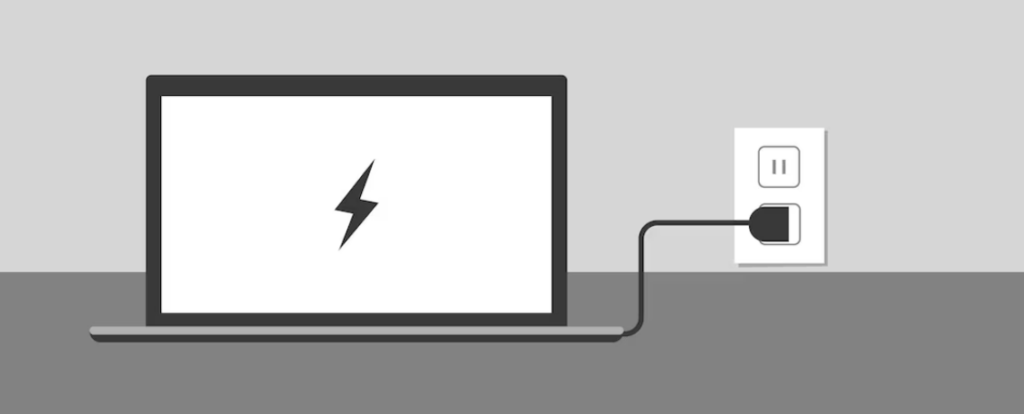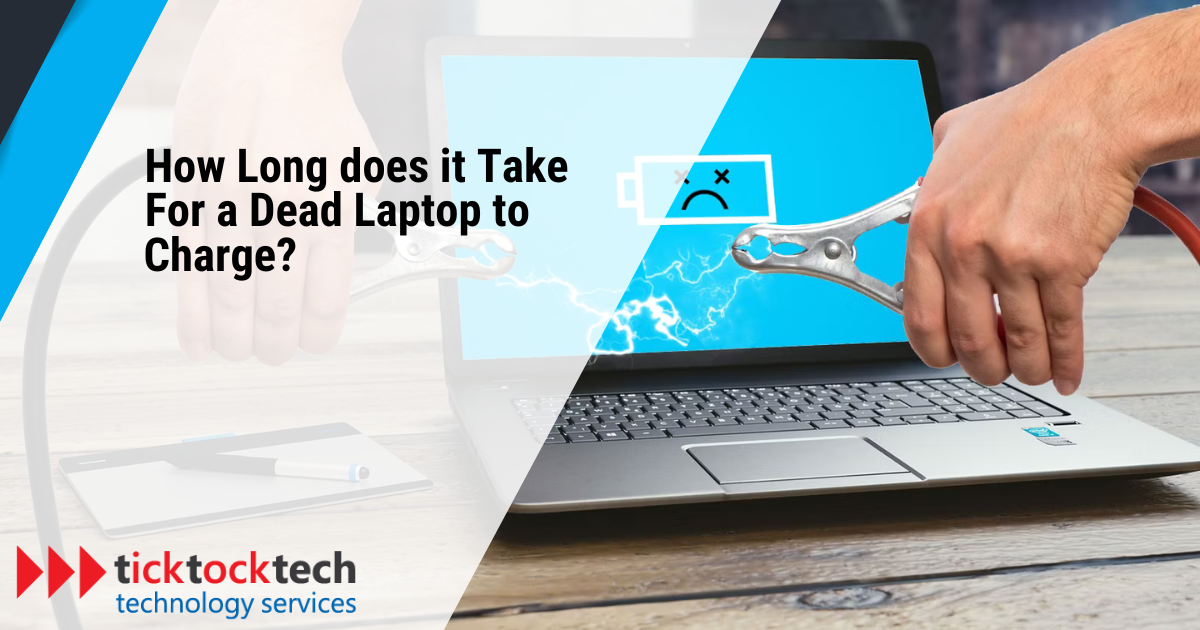In this article, we’ll break down everything you need to know about charging your laptop, including how long it takes and how to speed up the charging process.
What affects battery charging time?
Before we dive into the charging time, let’s take a step back and look at the factors that affect how long it takes to charge your laptop.
- Battery Health: The health of your laptop’s battery is a significant factor in charging time. If your battery is old, it’ll take longer to charge. This is because batteries have a limited number of charge cycles, and each cycle reduces the battery’s capacity.
- Laptop Model: The model of your laptop also impacts charging time. Some laptops have faster charging capabilities, while others take their sweet time. This is because different laptops have different battery sizes, charging circuits, and power requirements.
- Charging Method: The method you use to charge your laptop makes a difference. Using a standard USB port will take longer than charging with a high-power adapter. This is because a standard USB port can only provide limited power, while a high-power adapter can deliver more power to your laptop.
- Power Source: The power source of your charger also plays a role in charging time. A wall outlet will charge your laptop faster than a USB port. This is because a wall outlet can provide more power to your laptop than a USB port, which is limited by its design.
Related: Laptops with the best battery life
How long does an average laptop take to charge?
Now you know that the charging time of any laptop depends on the model, battery health, charging method, and power source. Here’s an overview of the charging times of different laptop models:
HP Laptops
HP laptops are known for their fast charging technology. According to HP, their laptops charge up to 50% in just 30 minutes. This is made possible by HP’s Fast Charge technology, structured to provide efficient charging. This means you can quickly top off your battery during a break or fully charge your laptop in an hour.
Apple MacBook
Recent Apple MacBook models, such as the MacBook Air (2022 onward) and 14 or 16-inch MacBook Pro (2021 onward), support fast charging. When connected to a suitable power source with the appropriate cable, MacBooks can reach a 50% battery charge in approximately 30 minutes.
Dell Laptops
Dell laptops also offer fast charging technology, although the charging time may vary depending on the specific model. According to Dell, laptops with the ExpressCharge™ feature charge beyond 80% in roughly one hour. If the laptop is powered off, you can achieve 100% battery charge in around two hours.
Lenovo Laptops
Lenovo laptops take 4 to 8 hours to charge from a low battery level. However, if your Lenovo laptop has a rapid charge-compatible power adapter, you can expect the battery to reach 80% charge in about an hour when the laptop is turned off.
How to increase your laptop charging speed

Slow charging can be a frustrating experience, especially when you need to use your laptop quickly. Fortunately, there are some simple and effective ways to increase your charging speed. Here are some simple tricks that will enhance your laptop’s charging speed:
1. Use the Right Charger
The charger that originally came with your laptop is designed specifically for your device, and using a different charger may not provide the necessary power to charge your laptop quickly. If you’ve lost your original charger, look for a reliable replacement with a higher wattage output. A higher wattage charger will provide more power to your laptop, resulting in faster charging times.
2. Reduce Power Consumption
When charging your laptop, it’s essential to minimize the power drawn from the battery. Close unnecessary applications and avoid resource-intensive tasks. These tasks consume a lot of power, which will slow down the charging process. By closing unnecessary applications and avoiding resource-intensive tasks, you can reduce power consumption and allow your laptop to charge faster.
3. Enable Battery Saver Mode
Most laptops offer a battery-saving mode that optimizes power usage. Enabling this mode when charging reduces power consumption and shortens charging time. Battery saver mode limits power consumption by reducing screen brightness and limiting your processor’s performance.
4. Power Off or Sleep Mode
When you don’t need to use your laptop, powering it off or putting it in sleep mode speeds up the charging process. This is because the laptop consumes less power when turned off or in sleep mode, allowing the battery to charge faster. When you’re not using your laptop, make it a habit to power it off or put it in sleep mode to speed up the charging process.
5. Avoid Charging in Extreme Temperatures
Charging your laptop in extreme temperatures can slow down the charging process. Avoid charging your laptop in very hot or cold environments, as this can affect the battery’s performance. Keep your PC in a cool, dry place when charging for optimal charging speeds.
6. Monitor the Charging Progress
Monitoring the charging progress of your laptop will help you identify any issues that may be slowing down the charging process. Check the battery status regularly to ensure that it’s charging properly. If you notice any issues, you can try troubleshooting the problem or contact a computer repair service for assistance.
7. Update Your Laptop’s Software
Keeping your laptop’s software up-to-date can improve its charging speed. Update your operating system and BIOS to be sure your laptop’s charging system is optimized.
8. Avoid Overcharging
Overcharging your laptop’s battery can damage its battery cells. To avoid overcharging, unplug your PC when the battery is fully charged.
Frequently Asked Questions
To determine if your dead laptop is charging, look for a charging indicator light on the laptop. This light is usually located near the power button or on the laptop’s edge. If the light is on or blinking, it indicates your device is receiving power and is in the charging process.
To start a dead laptop, follow these steps:
a. Connect the laptop to a power source using the charger that came with it or a compatible charger.
b. Allow the laptop to charge for a few minutes.
c. Press the power button to turn on the laptop. If it doesn’t turn on, try holding down the power button for 10-15 seconds to perform a hard reset.
d. If the laptop still doesn’t turn on, there may be other underlying issues, and it’s recommended to seek professional assistance or contact the manufacturer’s support.
In some cases, a laptop can be too dead to turn on. If the battery is completely drained, and the laptop doesn’t respond when plugged into a power source, it may indicate a problem with the battery, charging circuit, or other hardware issues. In such cases, it’s advisable to consult a computer repair technician for further diagnosis and repair.
Conclusion
The charging time of a dead laptop depends on factors like battery health, laptop model, charging method, and power source. Different laptop models offer different charging speeds, with some featuring fast charging technologies that can reach 50% charge in around 30 minutes. To increase charging speed, follow the suggested tips above in this article.

